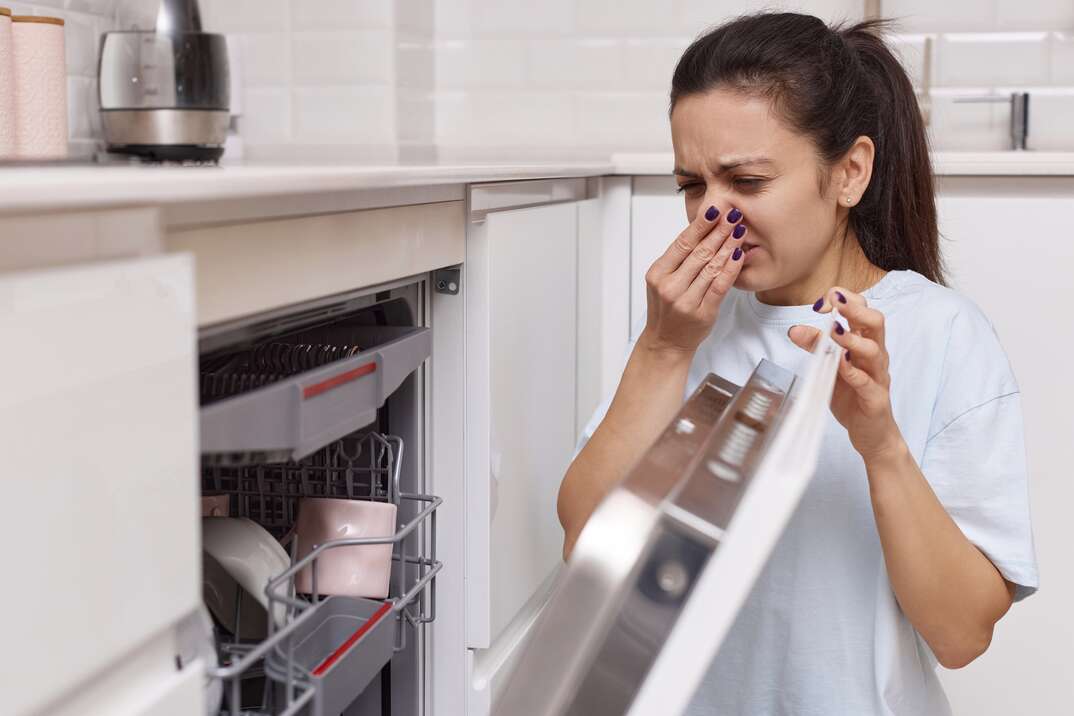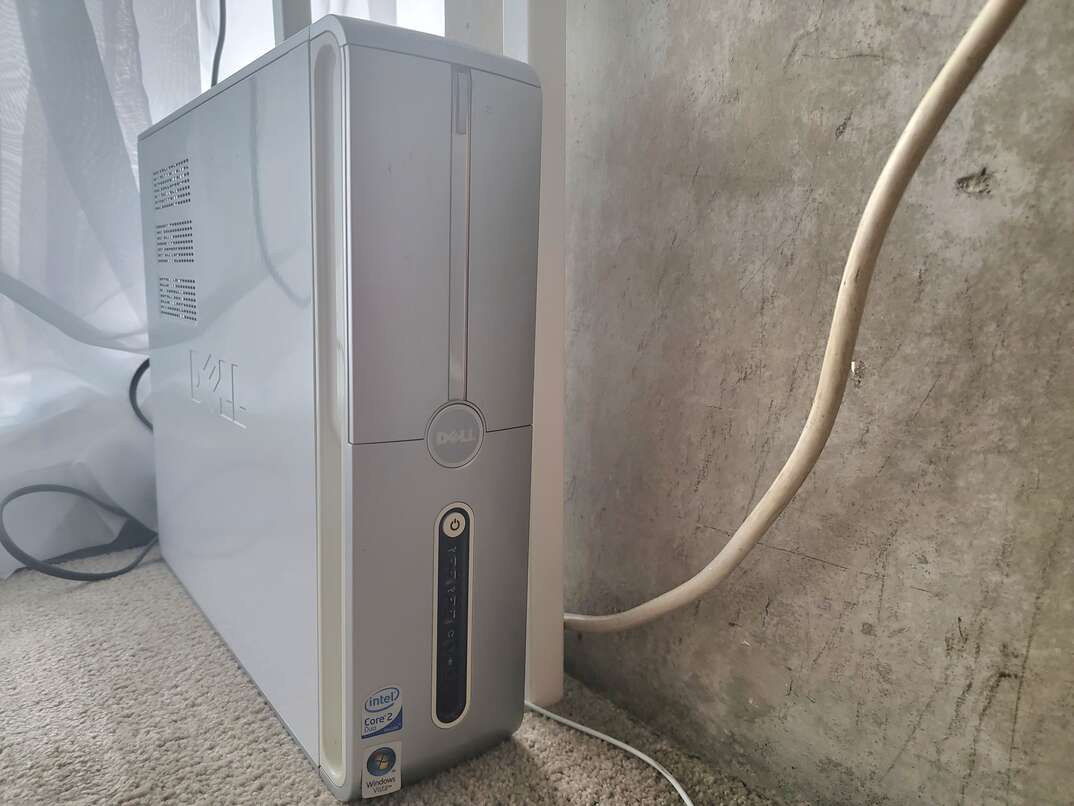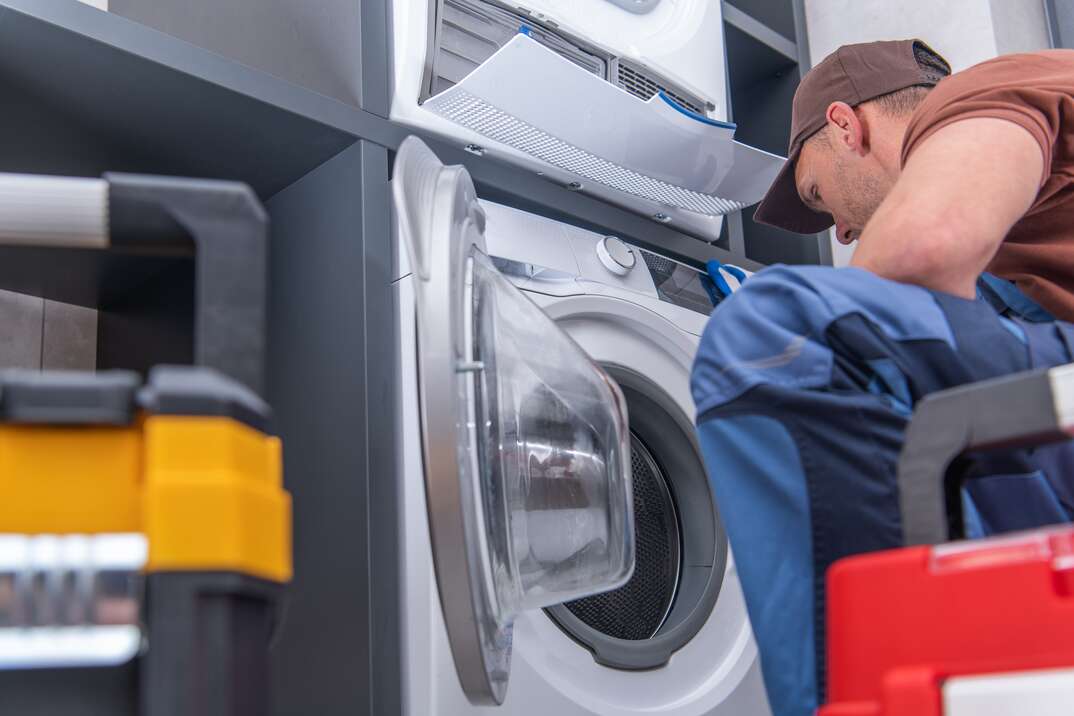Why Is There Mold in My Dishwasher?

Opening the dishwasher and getting hit with a musty or moldy odor is never a fun surprise, especially if you were looking forward to the fresh scent of detergent pods and clean dishes. Your dishwasher's hot water cycle is usually strong enough to eradicate mold spores. However, issues like trapped food and loose rubber seals can create a welcoming environment for frustrating dishwasher mold.
This May Also Interest You: Should You Repair or Replace Your Dishwasher?
While nobody wants to eat off a potentially mold-speckled dish, the good news is that you can often eliminate mold in the dishwasher in just a few quick and easy steps.
Why Is There Mold Growing in the Dishwasher?
Mold and mildew are products of excess moisture, and your dishwasher may hold on to extra water after it finishes cycling. While any remaining moisture should evaporate quickly, small amounts may become trapped in gasket and door seals. Closed dishwashers have zero air circulation, which makes it easy for mold spores to grow.
As mold and mildew spores multiply, moldy odors may become more obvious, and you might notice dark specks growing along the inner edges of the dishwasher door. Trapped food particles and clogged dishwasher filters also make great breeding grounds for mold. In some cases, food and dishwasher soap buildup can give the appearance of mold or mildew (including the musty odor).
Why Does My Dishwasher Smell Moldy?
Your dishwasher may emit a musty or moldy smell even if you don't see any visible mold. This can be due to hidden mold or mildew beneath the gasket seals or behind the rubber door seal. Trapped food in the dishwasher drain can also cause moldy odors as the food starts to break down.
Is It Safe to Use a Moldy Dishwasher?
If you have visible mold in your dishwasher, it's a good idea to give it a thorough, deep clean prior to use. As untreated dishwasher mold builds up, it can increase the risk of allergic symptoms, such as sneezing, itchy eyes and headaches, in sensitive individuals.
Mold can also exacerbate asthma symptoms. There are actually over 100,000 types of mold, and some strains pose higher risks than others. Stachybotrys chartarum is a black mold strain that typically grows in areas with high moisture levels. This type of black mold releases mycotoxins known to cause severe illness in some people. From easy DIY remedies to calling in a professional mold specialist, there are several options to safely eradicate dishwasher mold.
More Related Articles:
- How Much Does a Dishwasher Cost?
- Why Isn’t My Dishwasher Draining?
- Don’t Get Lost in the Wash: How to Use Your Dishwasher Efficiently
- Weird Sound Coming From the Dishwasher? How to Diagnose Dishwasher Noises
- The Filth Shall Get Them Clean: Why You Don’t Need to Pre-Rinse Your Dishes
How Do I Clean the Mold Out of My Dishwasher?
Vinegar and baking soda are two easy solutions that may help remove mold from your dishwasher. Follow these steps to clean and sanitize your dishwasher:
Vinegar
1. Pour a cup of white vinegar into a dishwasher-safe container.
2. Place the container on the top rack of your dishwasher.
3. Run the dishwasher on its normal cycle with the highest heat.
4. Repeat steps if necessary.
Baking Soda
1. Sprinkle a full cup of baking soda on the bottom rack of your dishwasher.
2. Run the dishwasher on a short cycle with the highest heat.
3. Repeat steps if necessary.
Baking Soda and Vinegar
1. Mix equal parts baking soda and vinegar in a dish.
2. Stir the mixture until it becomes a paste.
3. Dip a clean cloth in the mixture and scrub all surfaces inside the dishwasher.
4. Run your dishwasher on a short cycle with the highest heat.
If these methods are ineffective, you may want to schedule an appointment with a plumber or a mold remediation professional. It's also important to contact a mold specialist if you suspect black mold.


